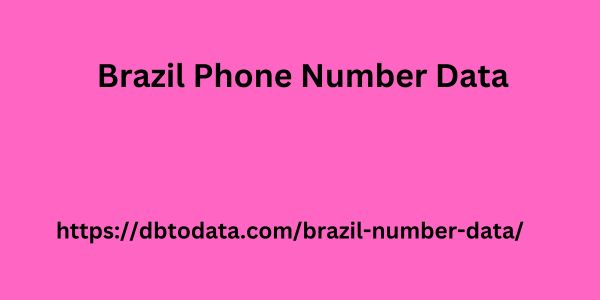|
|
The concept of “cultural affinity” represents a significant improvement in the way we consider hiring. But how do we put it into practice? Hiring based on “cultural fit” presents some of the same risks as hiring based on “work culture fit.” As discussed previously, the “work culture” part of both terms requires that companies hire based on values. Although what “what” needs to be done is clear, there has never been a good process for “how” to do it… until now. Chatman suggested in his 1991 article that both organizations and individuals should gather information about each other's values before making any hiring decisions. This information can be gathered “perhaps by asking questions” that reveal those values. When “work culture fit” started to become “corrupt,” those questions became the “beer test,” what music do you listen to when you drive, and other questions intended to elicit superficial and irrelevant information. With the “work culture fit” reassessment, those questions were transformed into structured interview questions that aimed to understand candidates on a deeper level.
Conducting structured interviews means that the hiring committee determines in advance what they are looking for in an ideal candidate and develops questions to evaluate candidates based on those requirements. Greenhouse’s Applicant Tracking System (ATS) even added a special section to its scorecards for “cultural fit” interviews, where hiring teams can list the values they will evaluate, and make notes on the candidate responses. Although useful, relying on interview questions makes it difficult to measure alignment consistently. Interview data is qualitative in nature and is often influenced Brazil Phone Number Data more by the interviewers' impression of the candidate than by the candidate's own values or behaviors. Furthermore, notes taken during interviews cannot be reviewed, evaluated, and graded in an objective and measurable manner. Let's analyze two famous optical illusions to illustrate this point. What color are the hearts in the image below? Correct answer: they are all the same color. Your brain, however, interprets the color value of each heart differently, depending on its immediate context.

Optical illusion with hearts Image source (modified) On a cognitive level, a similar effect can occur when we try to measure values through questions and answers. Each interviewer and each candidate may interpret a question or answer about a specific value differently, depending on their previous experiences with that value and their personal experience in the interview. Things only get more complicated when interviewers compare notes from different candidates. What they observe resembles the famous “cafeteria wall” illusion. Optical illusion with lines Image source (modified) All the lines are parallel, but because the units of measurement are not precisely aligned, the viewer perceives an inverted image. Qualitative interview data can be very useful when you're trying to dig deeper and better understand specific aspects of your candidates, but without an objective basis to start from, it can lead you astray. As Joeri Hofmans and Timothy A. Judge point out in their Harvard Business Review article, “you can't determine work culture fit (or cultural affinity, in our case) without proper measurement.
|
|